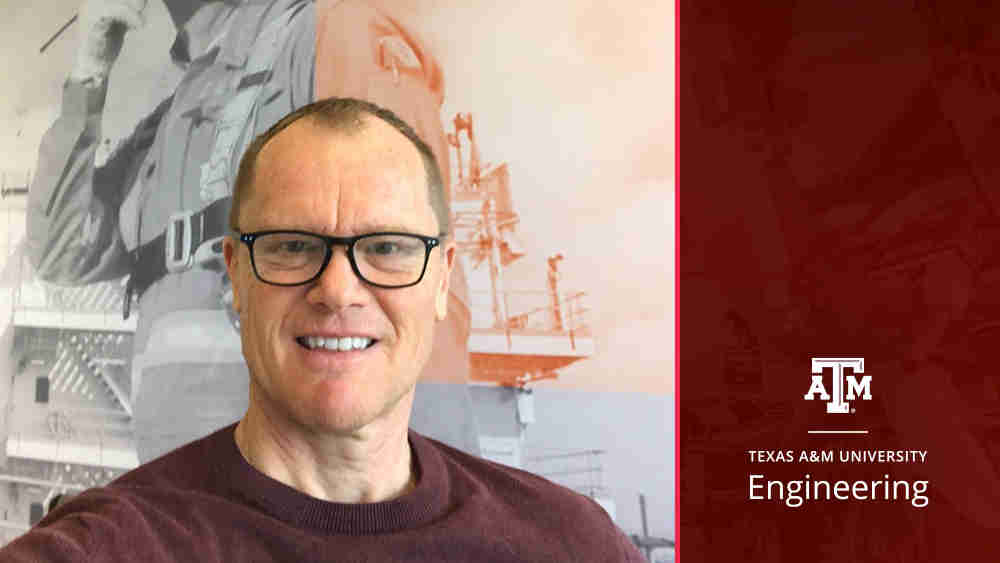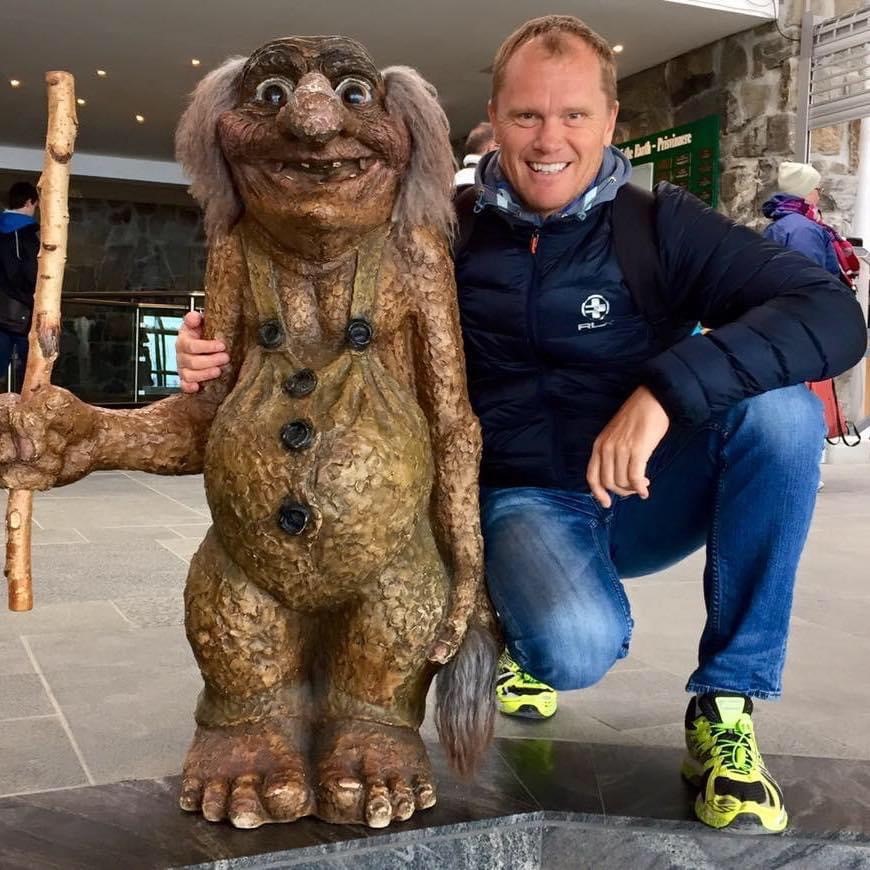
Growing up in Norway, Stein Rasmussen ’93 was never too far from the coast. He was sailing at a young age. His parents owned a sailboat, and he was always on the water during his free time. Combining that with Norway’s involvement in the oil and gas industry, ocean engineering was a natural evolution for him.
However, coming to Texas A&M University was a bit more of a leap than a step.
Rasmussen knew he would need to move to continue his education in ocean engineering past a bachelor’s degree, as Norway only had one place where students could obtain a graduate degree in the discipline at the time. The decision became whether to move to another city or country.
“At my university in Bergen, (Norway), there were some former students that had gone to the U.S.,” he said. “There was some connection between the faculty at Bergen and the professors at Texas A&M University. So I reached out to the students to understand how the transfer was, if they were able to transfer their classwork and what was it like to be at Texas A&M. Through that, I quickly realized that if I want to move, I might as well really move. Not just domestically in Norway, but take a bigger step. And that's what I did.”
Likewise, Rasmussen now advises students to pursue graduate work, be curious and take chances — not only in their education but also in their careers.
“There is no defined path, you have to find out yourself,” he said. “But I think the advice I would say is to try to be a bit bold. Don't play it safe every step. Take some chances. If it doesn't work out, you move on. That's what I did, and I wouldn't do anything different today if I were to do it over again. I would do exactly the same.”
Rasmussen went on to receive both his bachelor’s and master’s degrees from the Department of Ocean Engineering at Texas A&M. He explained his time in the department and the university set him up to successfully work in a global community and field with how internationally diverse the population was and the plethora of cultural organizations and events available.
Now, he is the chief strategy officer of SBM Offshore. An international company, SBM Offshore is a pioneer in the offshore energy industry with a focus in designing, supplying, building, installation, operation and maintenance of offshore energy production systems, such as Floating Production Storage and Offloading Vessels, as well as Floating Offshore Wind and Wave Energy.

With SBM Offshore’s global reach and the nature of ocean engineering as a whole, Rasmussen explained that since attending Texas A&M, he hasn’t worked in his home country in Norway. Instead, he has traveled around the world for his career and learned that understanding cultures and listening carefully is key to being an effective leader.
To that end, he challenges current students to prepare for a continuous learning journey after university — saying that part of the fun of a career is discovering new things each day and always being a little uncomfortable in one’s expertise.
Along with traveling to meet with clients and employees, he oversees a wide range of responsibilities, including the corporate strategy, technology innovation, corporate development (a subset of strategy focusing on partnerships, joint ventures, mergers, acquisitions, etc.) and transformation. Housed within transformation are the company’s digital transformation program and a program titled “emissionZERO,” which aims to develop products with zero emission for the energy market.
Additionally, Rasmussen is responsible for the company’s sustainability efforts, an area that is rapidly growing in the offshore energy and oil and gas industries with the rise of the energy transition and other sustainability movements. As Rasmussen expressed, the company is investigating ways to leverage their resources, technology, knowledge and partnerships to come up with solutions that can reduce and ultimately eliminate emissions from how they produce hydrocarbons. At the same time, they are also developing offshore renewable technology.
“So, we are looking at both sides: We are cleaning up the emissions from the core of the business, and then we are developing renewable energy solutions for the future,” he said.
As the company and ocean engineering continues to advance, Rasmussen said he is excited for the prospective expansion that the industry holds.
“Two-thirds of the surface of the world is covered by water, so I think there is huge potential in the oceans, and we are just scratching the surface of it,” he said. “I really think that, when it comes to climate change, a lot of the answers for the future will be found in the oceans. It's really up to us to find solutions, do research, build understanding and come up with ideas on how we can harvest energy for the world in a sustainable way.”